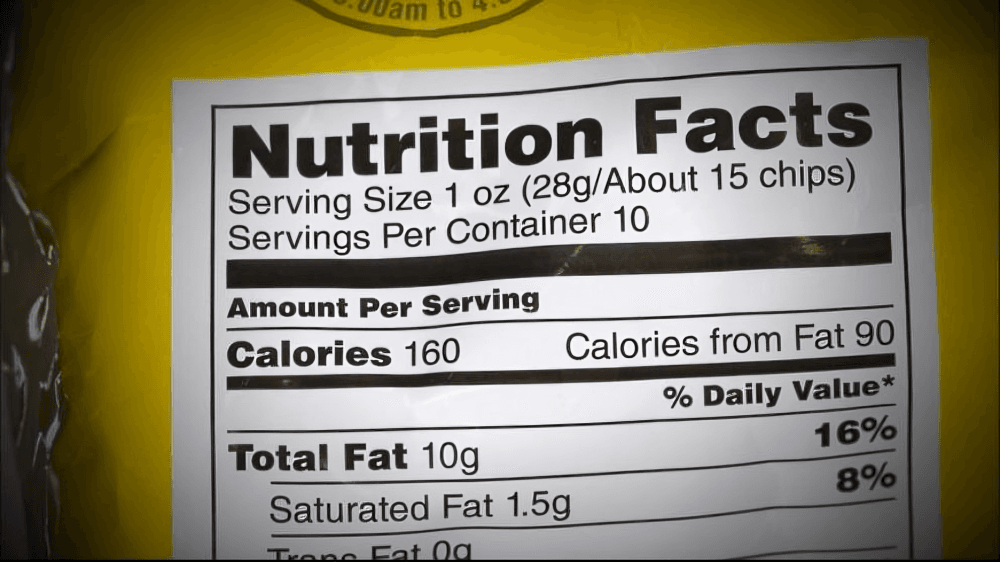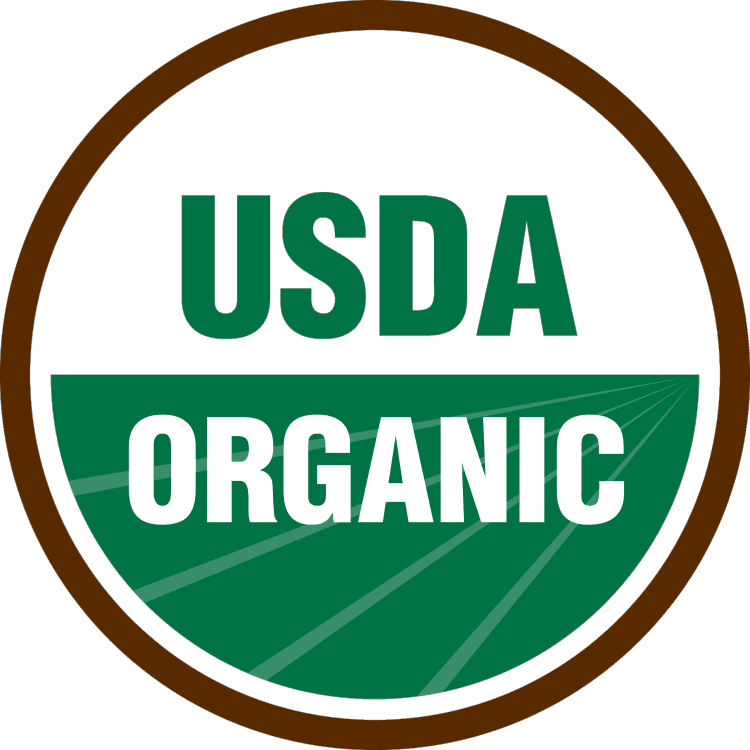
“
Reading food labels & making healthier choices is essential for anyone wanting to take charge of their diet. Whether you’re managing weight, avoiding allergens, or balancing nutrients, understanding food packaging can change your eating habits for the better. By examining serving sizes, hidden sugars, fats, and additives, you’ll become a more informed shopper and eater. 1
1
”
The Greek physician Hippocrates once emphasized, “Let food be thy medicine,” and that timeless wisdom still applies—reading labels helps align diet with health, just like any responsible treatment plan. 1
Serving sizes are often misleading; they may appear small, but multiple servings can be packed into one container, doubling calories, sugar, or fat if you’re not careful with your intake. 2
Nutrition labels list ingredients by weight, meaning the first few items make up most of the product—so if sugar or refined flour comes early, it’s likely not the healthiest option. 3

Be cautious with “zero trans fats” claims; if a product contains less than 0.5 grams per serving, it can still legally state zero—small amounts still add up over multiple servings.
“Reduced fat” doesn’t always mean better; it can still contain high levels of sugar or sodium to maintain flavor, so always compare the entire label before making assumptions. 4
“Multigrain” isn’t the same as whole grain; only products labeled “100% whole grain” offer full nutritional value with fiber, vitamins, and minerals that help digestion and reduce disease risk. 5
Sugars hide under names like sucrose, maltose, agave nectar, and corn syrup; spotting these in ingredients helps avoid processed sugar that can spike blood sugar levels and cause crashes. 6
The % Daily Value (%DV) helps you understand how a nutrient fits into your daily diet—5% or less is low, and 20% or more is high, aiding quick decisions on fat or sodium. 7
Products marked “natural” aren’t always healthier; the term isn’t tightly regulated and can still contain processed or artificial ingredients, so label reading is more reliable than marketing. 8

Food allergens must be clearly labeled in bold or listed under “Contains” on the package—important for those with allergies or intolerances to avoid serious health reactions.
Fiber listed on the nutrition label indicates how filling and beneficial a product is—look for at least 3 grams per serving for better digestion, heart health, and cholesterol management. 9
Foods high in sodium can increase blood pressure, and some packaged goods exceed 700 mg per serving—always aim for products with less than 140 mg per serving for a low-sodium choice. 10
Additives like monosodium glutamate (MSG) or artificial dyes are often listed toward the end of the ingredients list; knowing these helps reduce unnecessary chemicals in your diet. 11

“Organic” labels are regulated by authorities like the USDA and indicate no synthetic pesticides or GMOs were used—yet even organic snacks can be high in sugar or fat, so check the full label.
Nutrition facts are based on a 2,000-calorie diet, but individual needs vary by age, activity, and health goals—so always adjust the values to suit your personal lifestyle and fitness needs. 12
Daily protein intake is essential, and some packaged snacks might be protein-rich—but watch for added sodium, sugar, or saturated fat that may undermine their supposed health benefits. 13
“Low carb” products aren’t always healthy; some are loaded with saturated fats or artificial ingredients, making label reading crucial before choosing based solely on carb content. 14
The ingredient “partially hydrogenated oil” is a red flag—it indicates trans fats that contribute to heart disease, even if listed in small quantities or claimed as “zero trans fat.” 15
Avoid being misled by packaging colors like green or brown, which often suggest healthiness—only a detailed look at the food label reveals the actual nutritional value and ingredients. 16
As ancient physician Galen believed in understanding the balance of elements in health, today's version lies in label reading—balancing nutrients helps us maintain wellness and dietary control daily. 17


